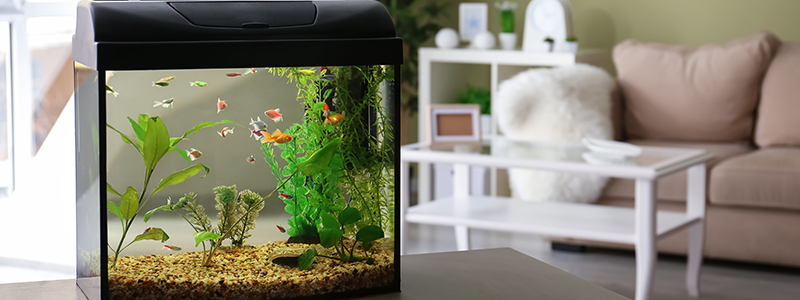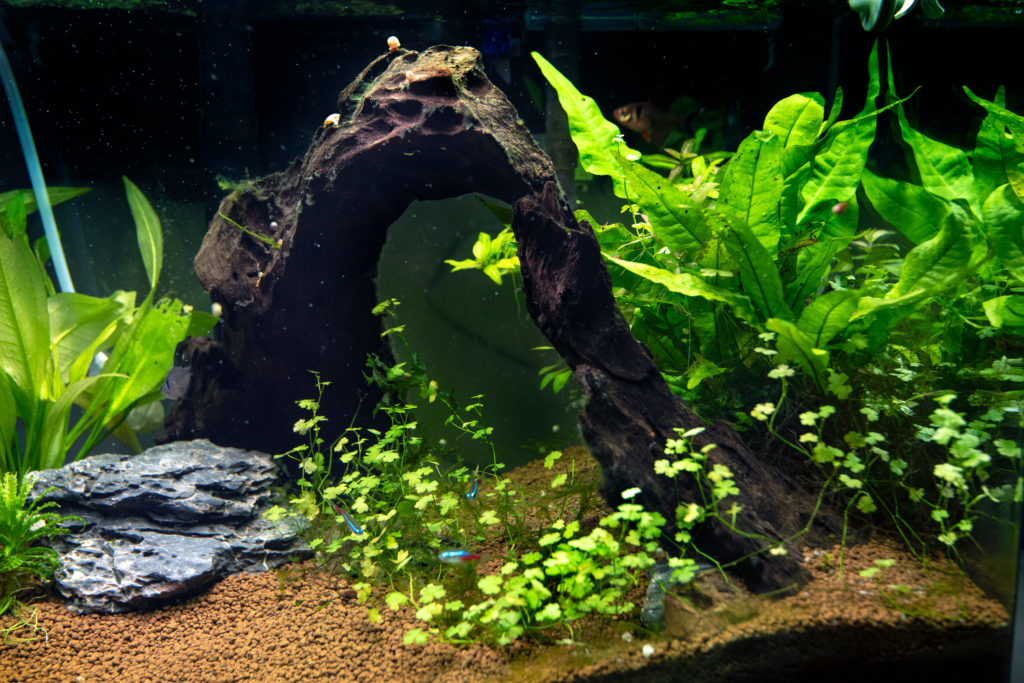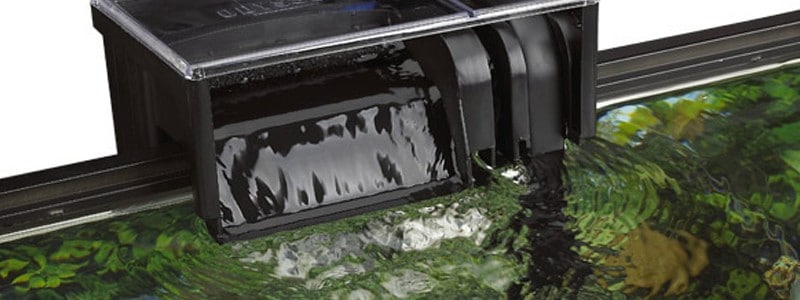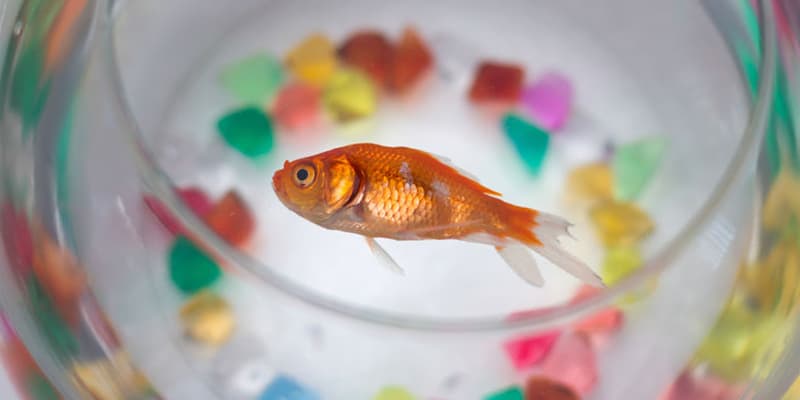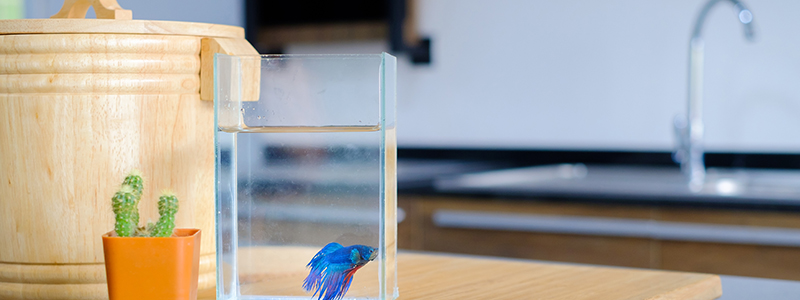If you're new to fish keeping or just thinking about getting a fish tank, a larger tank can feel intimidating. You may think starting small…
JordanFebruary 17, 2020
Setting you up for success to create and maintain a thriving underwater world, one fish tank at a time!

